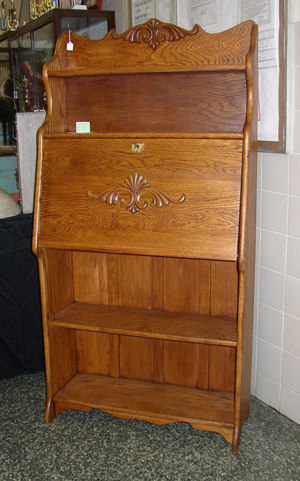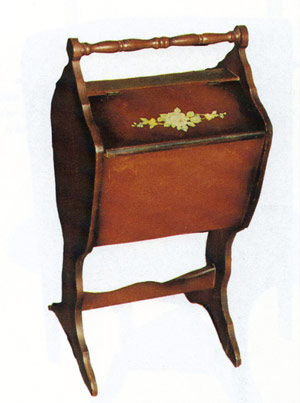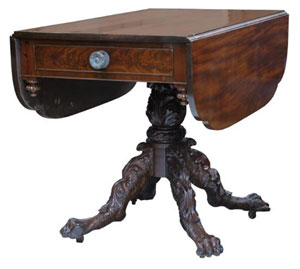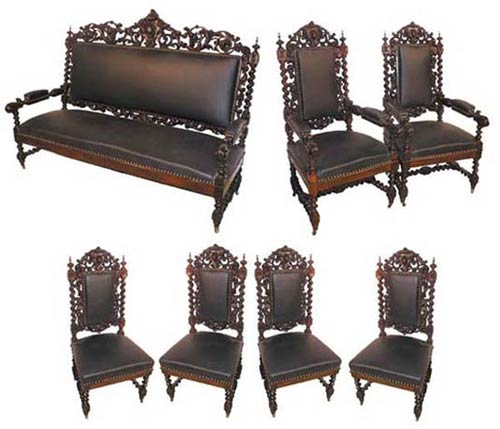
The late 19th century in America was a time of impending change, economically, socially and politically. The Western frontier was essentially a thing of the past, the Midwest was safe and the far West was livable. The South was still languishing from Reconstruction but its time would come.
Between 1870 and 1916 more than 25 million immigrants poured into the country and the population swelled from 40 million to over 100 million in that nearly half century. All these new consumers wanted new products, needed new jobs and demanded delivery systems for it all. The amount of railroad track in the nation increased from 9,000 miles in 1850 to over 200,000 miles in 1900, spurring growth along the right of way.
The country’s furniture industry, growing as fast as it knew how, was unable to keep up with the demand for new household goods with its antiquated design, production, marketing and delivery systems based primarily on the experiences and practices of the early Industrial Revolution. Something had to give and change was coming.
Two major forces would soon coincide to bring a vast quantity of relatively high-grade furnishings to middle-class Americans, something that previously had been totally out of their reach. The two movements, one philosophical and one economic, would combine to produce the Progressive Era from 1890 to the beginning of World War I. Continue reading




